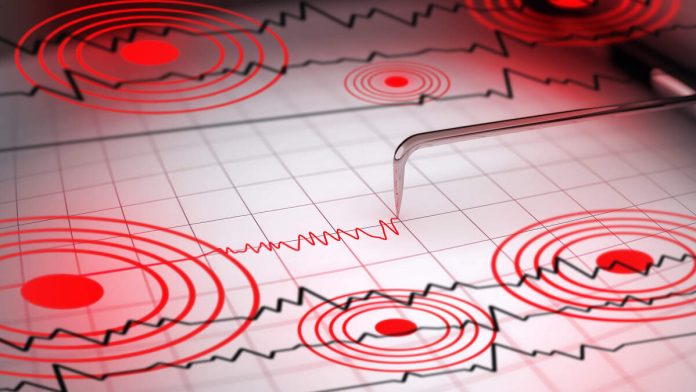The Concord Fault in the Bay Area, known for its potential to cause major earthquakes, has been discovered to not align with previous scientific maps. This fault stretches approximately 20 miles through Walnut Creek and Concord, from North Gate Road near Mount Diablo to Suisun Bay. A newly identified 4.4-mile section, or strand, of the fault is actively shifting about one-tenth of an inch annually under residential areas in the Ygnacio Valley.
Geologist Jessie Vermeer of the U.S. Geological Survey noted that residents have reported structural issues such as deformed houses and broken water lines due to the fault’s movement. The newly identified segment, known as the Madigan Avenue strand, was found to be the active main strand of the Concord Fault. According to a study published in Seismological Research Letters, this segment has moved curbs as much as 18 centimeters over the past 60 years.
The Concord Fault, unlike the Hayward Fault, is densely populated, increasing the potential impact of its activity. It could produce earthquakes around magnitude 6.7, similar to the 1868 “great San Francisco earthquake.” The state plans to establish an Earthquake Fault Zone (EFZ) along the newly mapped active trace, extending 60 to 90 meters on both sides. This designation will require builders to hire geoprofessionals and home sellers to disclose the geological status of properties within the EFZ.
Updating the state’s official fault maps could take several months, but the findings emphasize the importance of ongoing monitoring and preparation for potential seismic activity in the region.

Recent Comments